Kathy Bates, a powerhouse actress with a captivating screen presence, has graced audiences for decades. From her chilling portrayal of Annie Wilkes in “Misery” to her comedic brilliance in “Six Feet Under,” she has established herself as a true Hollywood legend.
However, her personal life, particularly her sexual orientation, has occasionally become a topic of speculation. This article explores her career, the rumors surrounding her sexuality, and the importance of focusing on her artistic merit within an evolving media landscape.
Early Life and Theatrical Beginnings: Highlighting Her Dedication to the Craft
Kathy Bates’ journey began far from the red carpets of Hollywood. Born in Memphis, Tennessee, in 1948, she displayed a passion for acting from a young age. She honed her skills at prestigious institutions like the Southern Methodist University and the William Esper Studio in New York City. Her dedication to the craft was evident from the start, with early theatrical credits showcasing her versatility and range. From Shakespearean tragedies to contemporary plays, she tackled every role with commitment and intensity.
The transition to film and television came naturally for Bates. Her screen debut in “Taking Off” (1971) marked the beginning of a prolific career. Early roles in films like “Marathon Man” (1976) and “Norma Rae” (1979) showcased her ability to portray complex characters with nuance and depth.
Awards and Accolades: A Testament to Her Undeniable Talent
Kathy Bates’ talent has not gone unnoticed. Her dedication to her craft has been recognized by the industry’s highest honors. Her Oscar win for Best Actress in “Misery” (1990) stands as a testament to her captivating performance as the deranged Annie Wilkes. Additionally, she has received numerous Emmy nominations for her outstanding work in television series like “Six Feet Under” and “American Horror Story.” These accolades serve as a shining example of the undeniable impact she has had on the entertainment industry.
Love and Relationships: A Focus on Openness
Throughout her career, Kathy Bates has been open about her past relationships with men. Most notably, she was married to actor Tony Campisi from 1991 to 1997. Public appearances and interviews from that period showcase their mutual love and respect. Following their divorce, Kathy Bates has continued to offer public support for her partners, demonstrating a commitment to open and genuine relationships.
While Kathy Bates has been open about her relationships, she has never publicly addressed her sexual orientation. Sexuality is a deeply personal matter, and individuals deserve the right to choose when and how to share this information. Focusing on speculation about someone’s personal life can be disrespectful and overshadow their achievements.
Kathy Bates’ Advocacy for LGBTQ+ Rights: Actions Speak Louder Than Labels
Though Kathy Bates hasn’t publicly addressed her sexuality, her actions speak volumes when it comes to LGBTQ+ rights. She has consistently used her platform to advocate for inclusivity and equal rights for all. Public statements supporting LGBTQ+ causes and marriage equality demonstrate her commitment to a more open society.
Furthermore, Kathy Bates has embraced LGBTQ+ characters with authenticity and respect. Her portrayal of the lesbian character in the film “Tammy” (2014) is a prime example. By taking on such roles, she contributes to positive representation and fosters a more inclusive environment in Hollywood.
The presence of openly LGBTQ+ actors playing diverse roles in media is crucial. It provides much-needed visibility for the LGBTQ+ community and fosters understanding among viewers. Through authentic portrayals, stereotypes are challenged, and diverse narratives are presented, fostering a more inclusive landscape.
Conclusion: The Power of Storytelling Beyond Labels
Kathy Bates’ remarkable career serves as a testament to the transformative power of storytelling. Her dedication to her craft and her ability to inhabit diverse roles have captivated audiences for decades. While the question of her sexuality remains unanswered, focusing on her artistry and contributions to inclusivity is far more meaningful.
The evolving landscape of LGBTQ+ representation in media is crucial. By celebrating artists who come out publicly and fostering authentic portrayals, we create a more inclusive and understanding world. Ultimately, the stories we tell and the characters we portray have the power to bridge divides and connect us on a deeper human level. Let’s appreciate Kathy Bates for the artist she is, and let her remarkable performances continue to inspire and entertain us all.


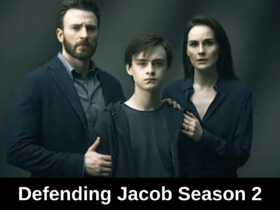


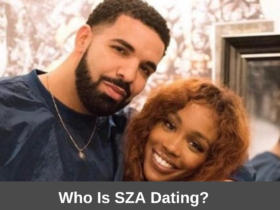




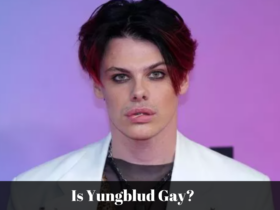
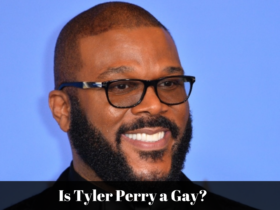
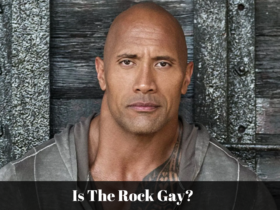
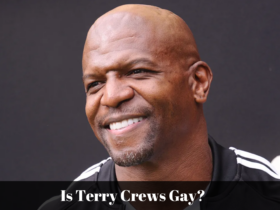
Leave a Reply